Kai
Kai
Kaï er en mellomstor japansk spisshund, som opprinnelig ble avlet som jakthund på villsvin og hjortedyr. Rasen er også kjent som tigerhund og torahund. Den ble erklært å være en nasjonalskatt i Japan i 1934.
Kaï skiller seg fra andre japanske spisshunder, gjennom å ha en noe mer kileformet og smalere skalle, som har tydelig markert stopp. Den er ellers massivt bygd og har balanserte proporsjoner og lette, smidige bevegelser. Kroppen har markerte skuldre og dyb brystkasse. Halsen er tykk, muskuløs og kraftfull. Buklijen er godt opptrukket og lendet bredt og muskuløst. Ryggen er rett og kort. Meget muskuløse bein og kraftig benstamme. Halen er høyt ansatt, tykk og bæres tett ringlet eller bøyd i en bue over ryggen.
Pelsen er kort, tett, stiv og rett. Lenger på halen. Underullen er tett og myk. Fargen er sort bridle (Kuro-Tora), rød brindle (Aka-Tora) eller rød-sort brindle (Chu-Tora). Valpene fødes ensfarget, og det karakteristiske tigermønsteret kommer fram etter hvert som de blir eldre, kanskje ikke før i seks måneders alderen. Det sies at noen hunder ikke er fullt utfarget før i femårsalderen.
Hannene måler normalt ca. 50–56 cm i skulderhøyde og veier gjerne 18–25 kg. Tispene måler normalt ca. 46–50 cm i skulderhøyde og veier gjerne 13,5–20 kg.
Kaï er en utpreget jakthund for storvilt, som også har en rekke andre egenskaper som både brukshund og familiehund. Den er energisk og meget utholdende.
Kaï skal være en utmerket familiehund, som er spesielt varsom omkring barn og stort sett andre er dominant ovenfor andre hunder. Man må imidlertid påregne rikelig med mosjon for at denne hunden skal trives.
Historikk for Kai
Denne rasen stammer fra middels store hunder som eksisterte i Japan i oldtiden. Den ble etablert som rase i Kai distriktet (Yamanashi området), som er omgitt av fjell. Et annet navn på denne rasen er ”Kai tora-ken”. En framtredende særtrekk hos denne hunden er dens stripete pels. Disse hundene er stort sett brukt til å jakt på ville bjørner og hjort. Deres sterke tilbøyelighet til å danne flokk er medvirkende til at raserenheten er blitt bevart. Rasen ble utnevnt til ”natur minne” i 1934.
Kaï er en gammel og sjelden hunderase som stammer fra Yamanashi prefekturet på øya Honshu i Japan, der den opprinnelig blant annet ble benyttet som jakthund på villsvin og hjortedyr. Man trodde lenge at denne hunden var for primitiv til å kunne utgjøre en god familiehund, men denne oppfattelsen har endret seg. I hjemlandet ble den først anerkjent i 1934, mens American Kennel Club først anerkjente den så sent som i 1996.
I hjemlandet skal det finnes to typer av denne hunden. En smalere som helst benyttes til hjortejakt, og en noe tyngre som helst har vært benyttet til bjørnejakt.
Mer om Kai:
Rasestandard FCI / NKK
NKK RasestandardGruppe:
 Spisshunder (Gruppe 5)
Spisshunder (Gruppe 5)
Seksjon:
Asiatiske spisshundraser og beslektede raserAnnerkjent av NKK:
FCI/NKK nummer: 317Middels
Vekt (kg):
Hann: 18-25
Tispe: 13-20
Hann: 50–56
Tispe: 46–50
Sort, Rød brindle, Rød/Sort brindle
Pelslengde:Kort
Pels:Tett, stiv og rett. Underullen er tett og myk
Pelsstell:Endel
Allergi:Ja
Aktivitet:Endel
Fra DogLex
...de eldste kjente fossiler er datert 39,74[1] millioner år tilbake i tid. de arkaiske h...
...hundefamilien (canidae), som også i et samlebegrep kalles hundedyr og gjerne reflekteres til som ...
...det finnes flere japanske hunderaser, hvorav spesielt seks av spisshundene er svært interessante i kyno...
...mynde (av norrønt mjór) betyr smal eller smekker, og er et uttrykk som benyttes for å beskrive en relat...
...ovtcharka betyr gjeterhund og peker til ulike sentralasiatiske hunderaser med vokterhundegenskaper. ...
...spisshund (også kalt spets og spitz) er betegnelsen på en gruppe hunder som deler en rekke morfologiske...
Bilder av Kai
Ønsker du å dele dine bilder her så klikk her.
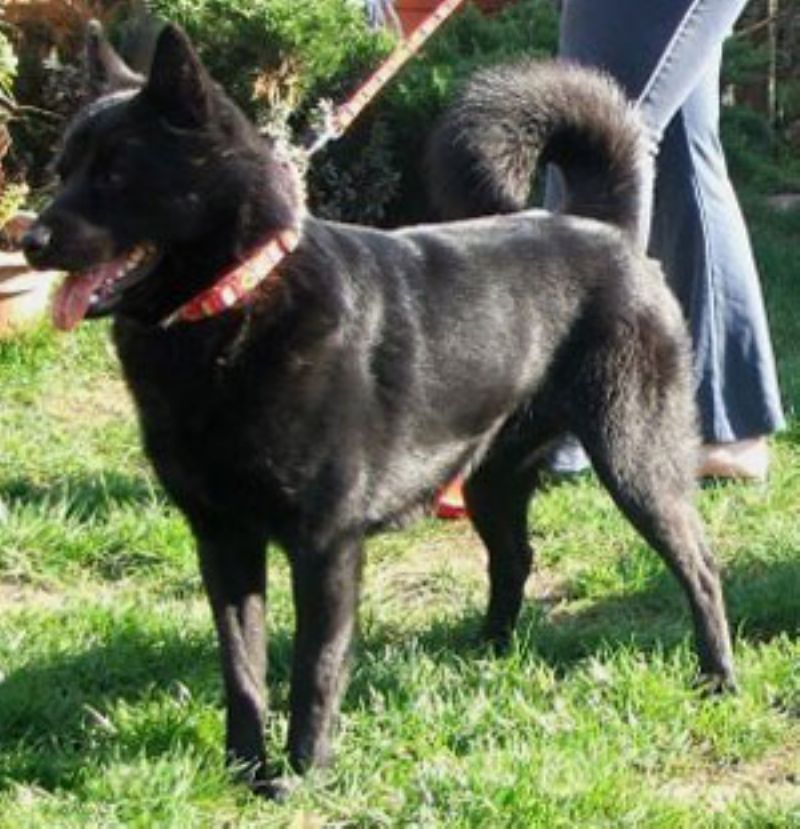
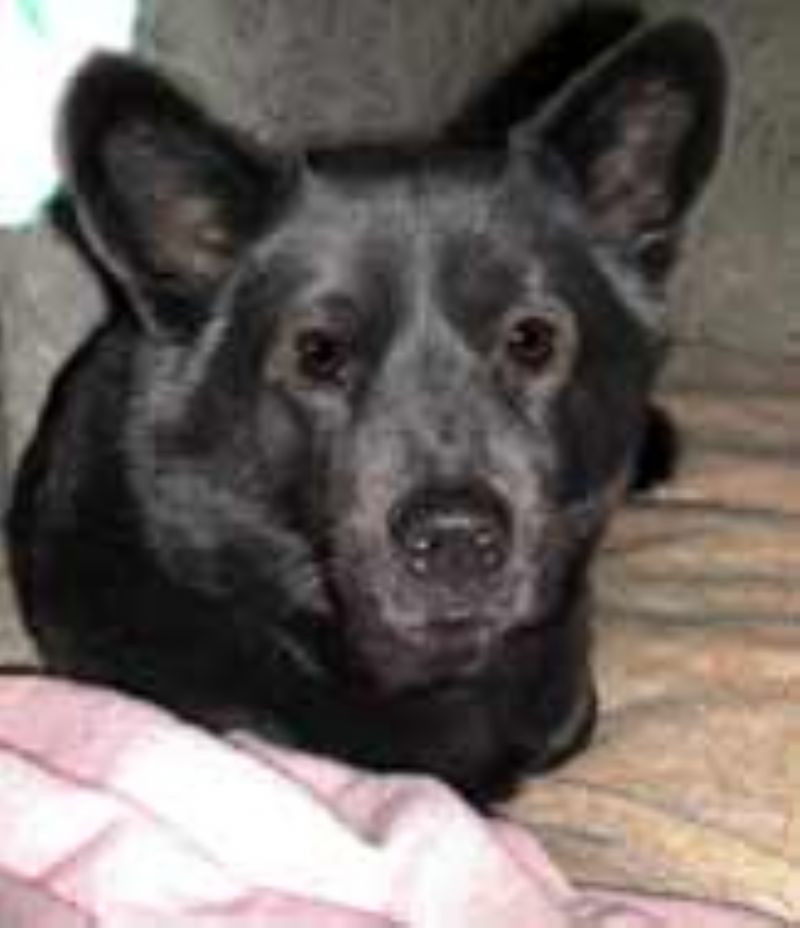
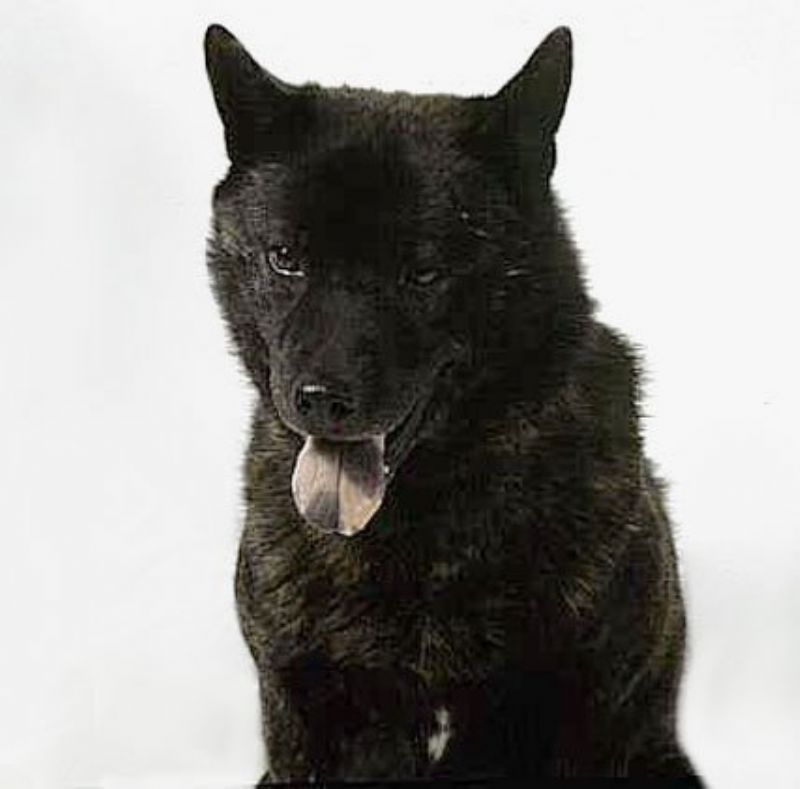
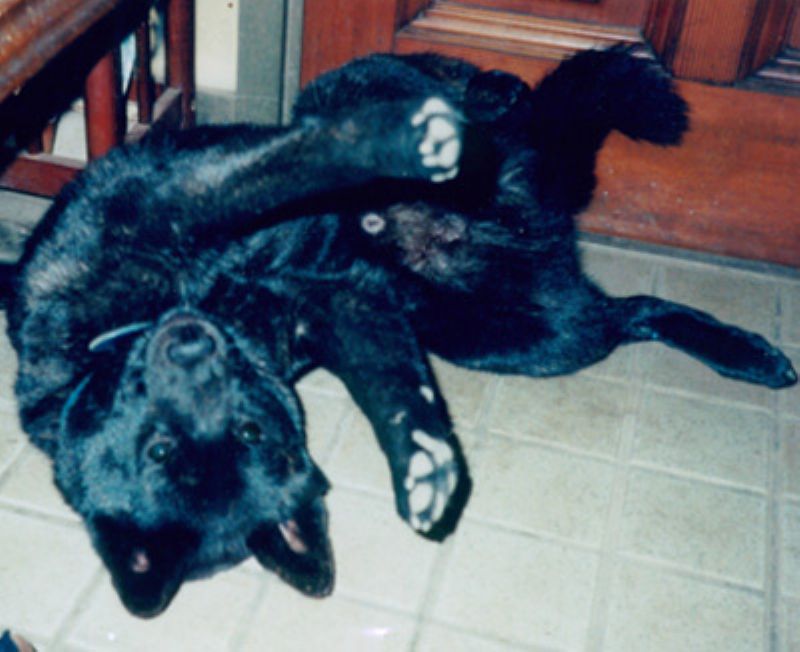
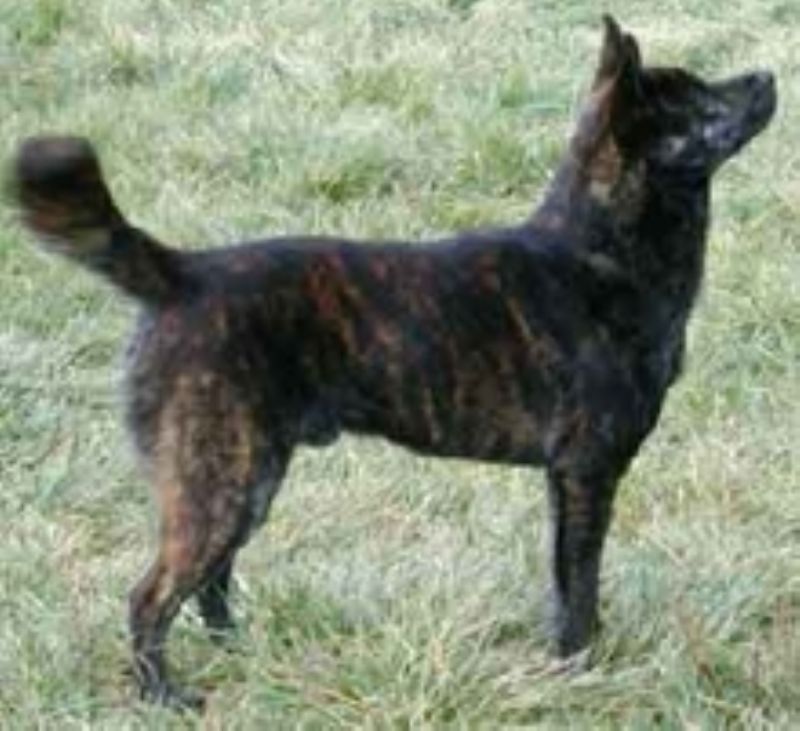
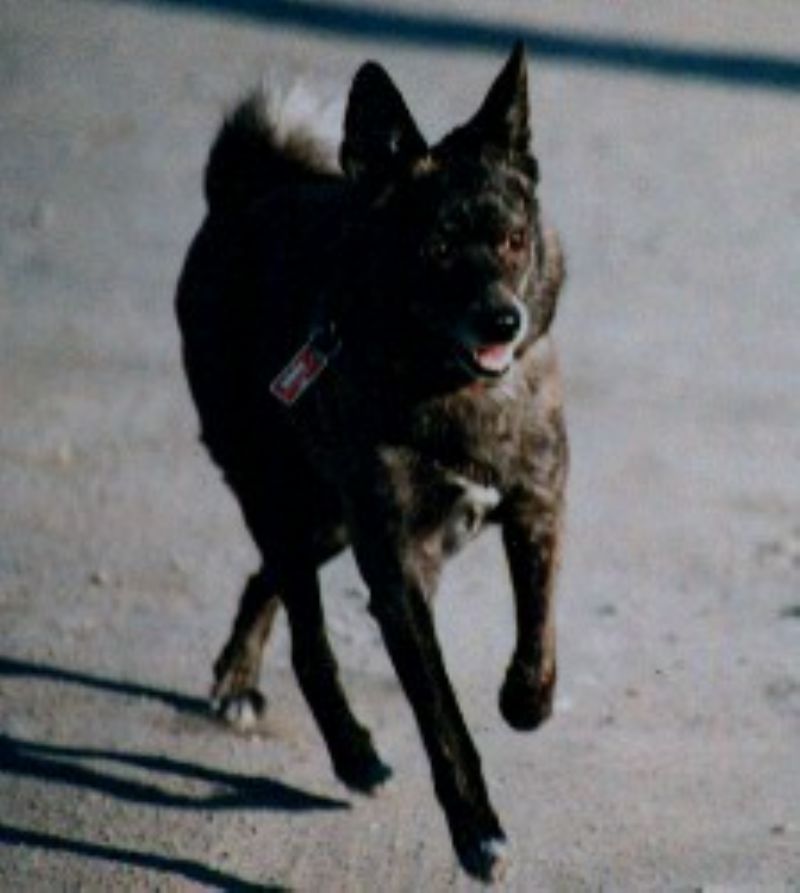
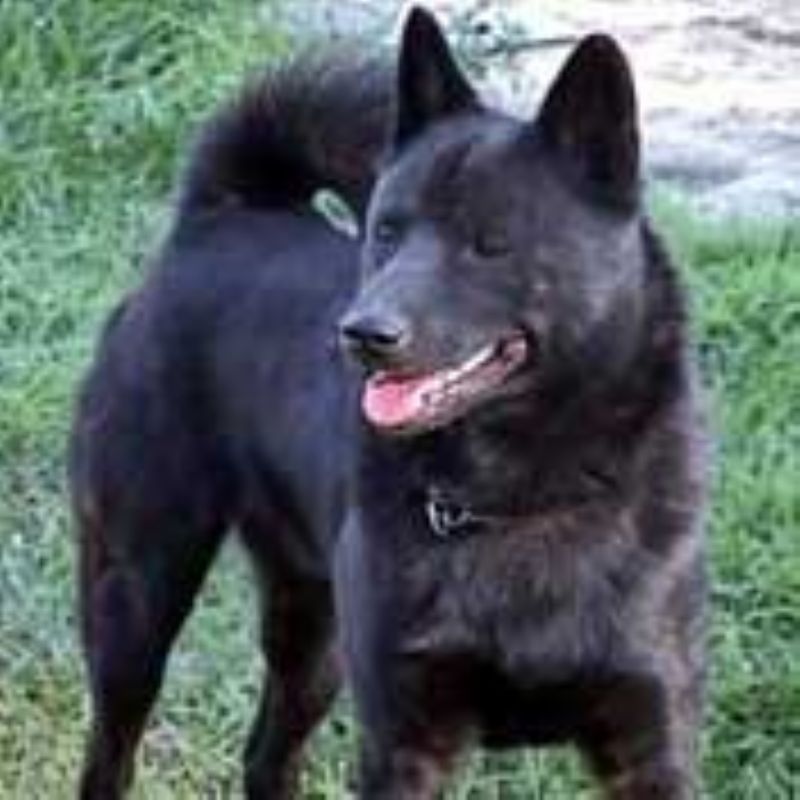
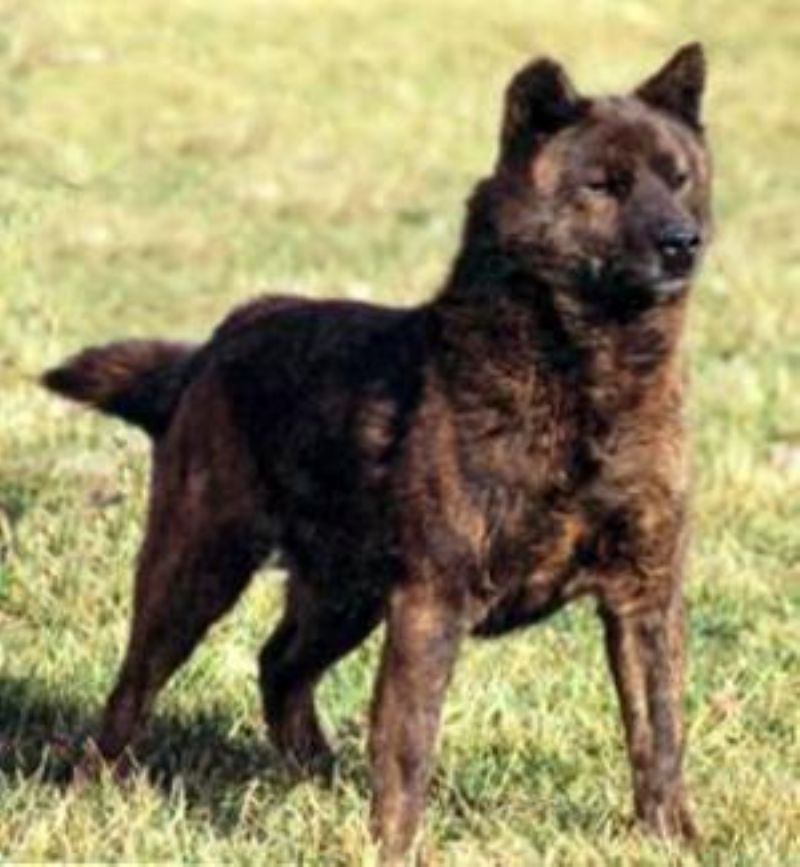
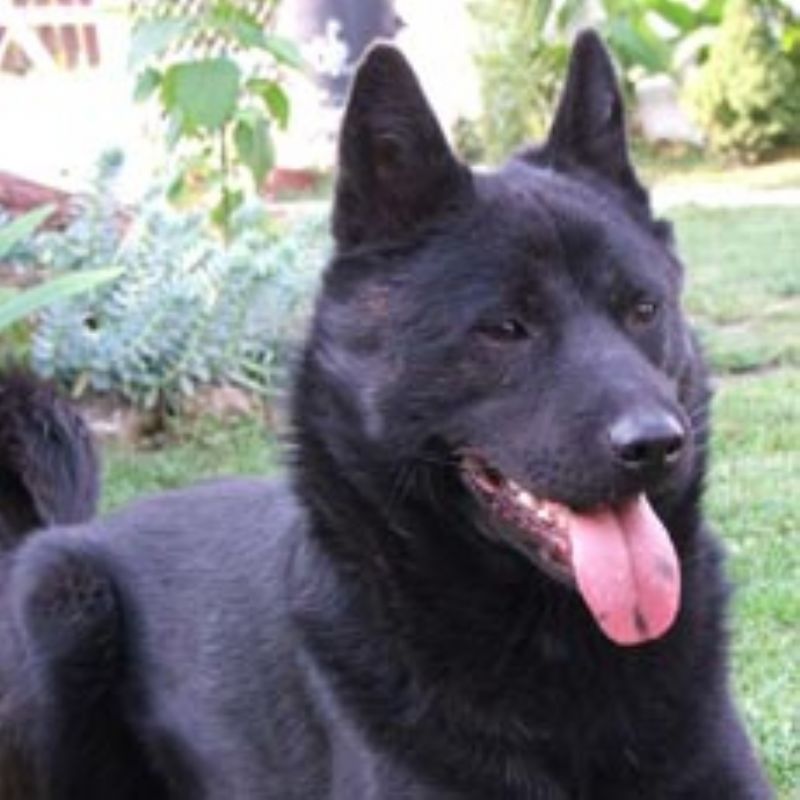
Bildene er lagt inn med tillatelse fra eiere. Mener du et bilde ligger her mot lov om opphavsrett ber vi deg kontakte oss snarest med informasjon om hvilke bilde det gjelder. Vi trenger bildenummeret. Dette finner du i teksten når du klikker på bildet. (F.eks. Bilde av Kai, nr 4384.)
Siden bildene ligger her med tillatelse, kan ikke bildene gjenbrukes andre steder. Det er derfor kopirettigheter på bildene.
Hver hund har sine særegenheter og personlighet. Om du har kjennskap til Kai kan du derfor ha noen andre erfaringer enn det som kommer frem her. Vi forsøker å beskrive de egenskapene hunden har basert på innspillene vi har fått, og kan kun bli bedre med dine tilbakemeldinger.
Finner du noe som bør endres, så ta kontakt med oss med riktig informasjon og vi skal forsøke å forbedre beskrivelsen.


